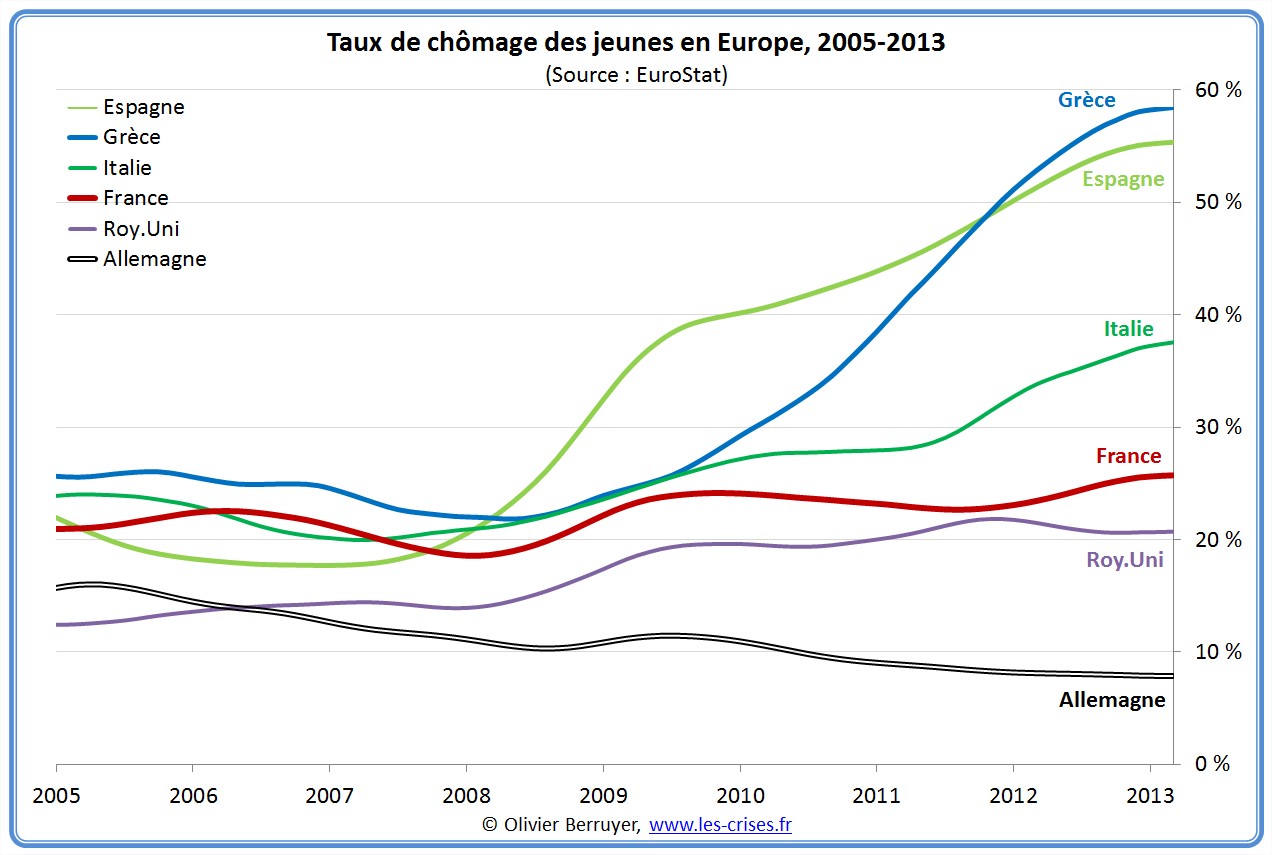The coal miner's wife
wakes him and he coughs. He goes to the small bathroom sink and spits
black liquid, washing it away with with the brown tap water.
Last
night he slept badly because he had stomach cramps, diarrhea and
vomiting again. Until last year he was working in the zinc mine at
Arnao in Castrillion but the Belgian company let him go to the San
Juan mine, where he considered himself quite lucky because at least
there they had a river pool for the miners to wash in.
As
he leaves for another day under the earth he looks for a last time at
the mountains, their ferns and the tall groups of eucalyptus - pencil
thin, not quite straight, but just like the trees in a Dr Seuss book.
He sees the houses with their sharp pitched roofs, the deep gorges
and is comforted by the roll of the hills in this green and pleasant
land.
But
it is only a pleasant land for some.
The
miner lives before the era of the chemical plants and the big metal
factories. He knows others who dig for iron and he knows it is vital
for tinned food because electricity and refrigeration has not yet
arrived to this part of the world.
His
mine, like many mines, is close to a river and the river is a means
of transporting the coal for trading this raw material with British
towns like Cardiff and Newcastle-upon-Tyne (where my father was born
and grew up next to a river also.)
This
miner's children will see chemical industries grow, thanks to the
mines, thanks to his labour.
In
fact, (he thinks to himself as he makes the walk to the pits) the
story of Asturias is the story of the miner, and the story of the
miner is the story of Asturias. It is one of hardship and scant
reward. Of growth and ill health. It is the deep earth's hidden
secrets and bountiful suffering, the open spaces of the valleys and
the claustrophobic confines - as unforgiving and back breaking as any
imagined hell in those greedy shafts penetrating ever downwards into
the planet.
Today,
like thousands of other days he will throw his body into the ground
and probe for hour after hour for that black gold. At the end of the
day he will take aspirin for his aching bones, smiling at the ironic
fact that it has ingredients made from the very coal he has been
digging at.He does not yet know though that his children will one day
eat kiwi-fruits and chestnuts that grow particularly well in the
carbon-coloured soil left in the abandoned open mines that are
scattered across the nearby hills.
As
the miner eats his simple lunch with his hands still blackened by
coal dust, he remembers his father, who was also a miner. This man
worked to extract the iron that was in such high demand for both 20th
century world wars – a metal that helped the country become richer.
His father had started his life as a rural worker and had to adapt
from the rhythm of the seasons to the very different rhythm of an
industrial timetable. It was necessary to learn to accept days and
nights with no sky or trees when he was underground in the mines,
which sat right next to his tiny terrace house.
Like
every other subterranean labourer, his father and he both wondered if
life could be different for them. He had heard that it was a bit
better at the one and only mine run by a trade union. But it was on
the other side of Asturias and he had never even visited there.
Our
miner lives in Bustiello town and all of the Marques de Camilla's
workers have their neat little houses below everyone else, at the
very bottom of the valley. It is an orderly, rectangular village and
each house has a little garden.
Up
the hill above them live the engineers and above them is the church
then god of course. This is what he knows. The planning of the town
exactly reflects the social and spiritual hierarchy because the
Marques is a conservative man - not in the least progressive.
Up
in the mountains though, there were some mining zones that suffered
from “special measures” during Franco's dictatorship. Around Pozo
Fortuna trade union activists were assassinated and their bodies were
thrown down an old pit-hole.
Our
miner speaks about this sadly with his friends and falls asleep
hoping that the bad times would end.
In
the morning, he rises and faces another day.



